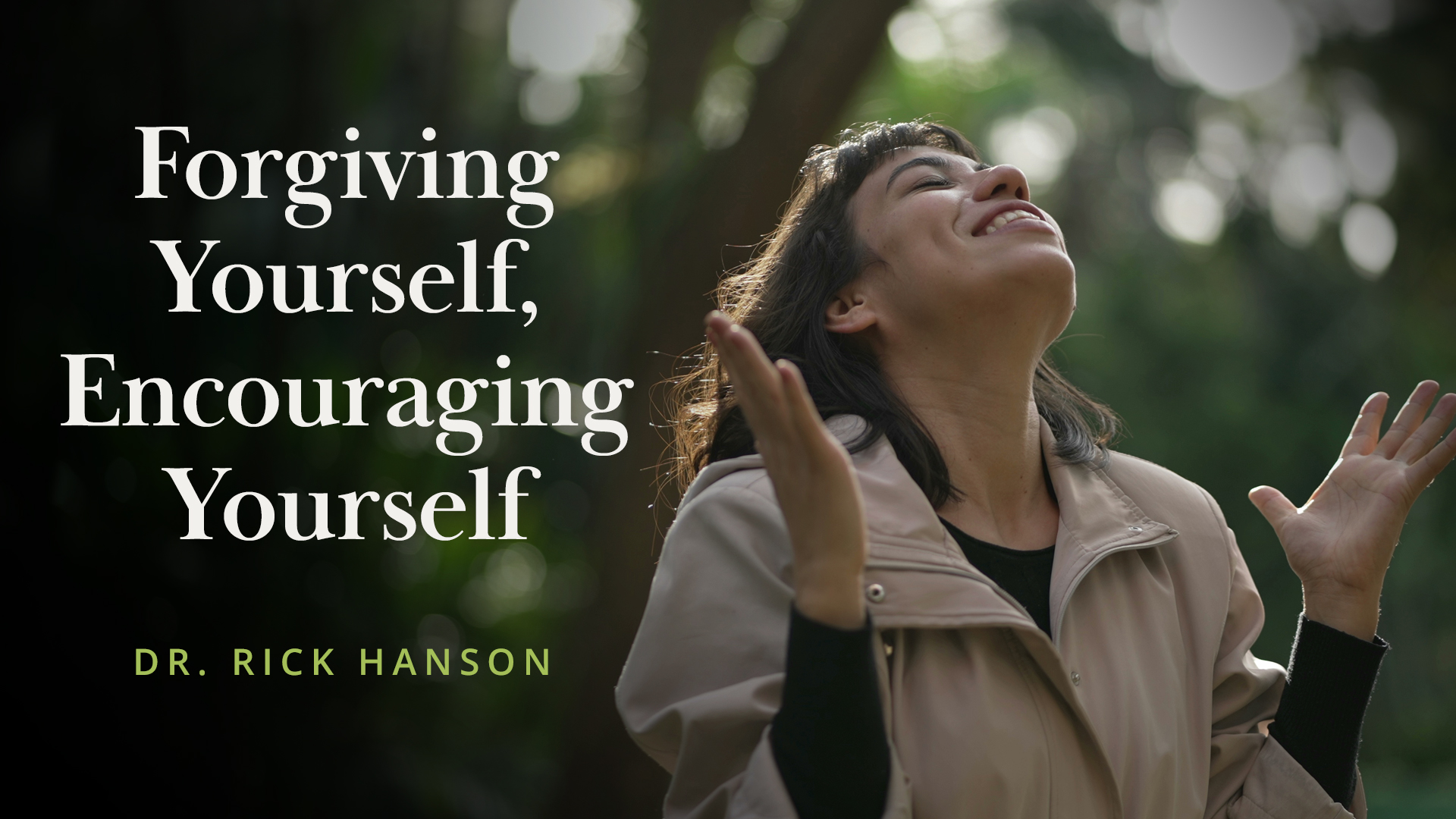Are you getting rope burn?
The Practice:
Cling less, love more
Why?
As a rock climber and a parent, I know some physical kinds of clinging are good – like too small holds or small hands!
But clinging as a psychological state has a feeling of tension in it, and drivenness, insistence, obsession, or compulsion. As experiences flow through the mind – seeing, hearing, planning, worrying, etc. – they have what’s called a “hedonic tone” of being pleasant, unpleasant, or neutral. It’s natural to like what’s pleasant and to dislike what’s unpleasant: no problem so far. But then the mind takes it a step further – usually very quickly – and tries to grab what’s pleasant, fight or flee from what’s unpleasant, or prod what’s neutral to get pleasant: this quality of grabbing, pushing, resisting, or pressing is the hallmark of clinging.
Clinging is different from healthy desire, where we have wholesome values, aims, purposes, aspirations, and commitments – without being attached to the results. Yes, we could feel passionate about our goals and work hard for them, and the stakes could be high (e.g., the health of a child, the success of a business, the fate of the earth’s climate), but when there’s no clinging, we are deep down at peace with whatever happens even if the surface layers of the mind are understandably disappointed, sad, or upset.
Watch your mind and you’ll see it cling to lots of things (remembering that pulling toward and pushing away are each a form of clinging). These include objects, viewpoints, routines, pleasures and pain, status, and even the sense of self (as when we take something personally).
Recognize the costs of clinging. It’s never relaxed and always has a sense of strain, ranging from subtly unpleasant to intensely uncomfortable. It sucks us into chasing problematic goals, like stressing out for success, getting rigid or argumentative with others, being hooked on food or drugs, or seeking rewards in relationships that will never come. It clenches and contracts rather than opens. And clinging today plants the seeds of clinging tomorrow.
Most fundamentally, clinging puts us at odds with the nature of existence, which is always changing. The American Buddhist teacher, Joseph Goldstein, likens the stream of consciousness to a rope running through your hands: if you cling to any bit of it, you get rope burn.
But if you let it run free – if you let experiences come and go – you feel peaceful and happy. Your mind and body open, and love flows freely, the natural expression of the unclenched heart.
Get Tips Like This Delivered Right to Your Inbox
You can unsubscribe at any time and your email address will never be shared or sold.
How?
As context
It’s familiar advice I’m sure, but do what you can to take care of your needs and those of others you care for, pursue wholesome aims with energy and diligence, and keep the needle of your personal stress meter out of the Red Zone. Each of these steps will pull logs off the fire of clinging.
Learn about clinging
Pick something specific – like a position about how something should be – and first really really cling to it. Insist in your mind that it MUST turn out a certain way. Notice what clinging feels like in your body and mind.
Then really try to relax the clinging. It’s fine to wish for a certain result. But help yourself be at peace with whatever the result is by reminding yourself that you and others will likely still be fundamentally OK. Imagine whatever you’ve clung to as something small in a great space, such as a single stone in a vast plain seen from an airplane passing overhead. Disengage from over-thinking, ruminating, or obsessing. Help your body relax and soften, open your hands, let your mind open, and let the clinging go. Recognize the ease, the peace, the pleasure in releasing clinging, and let the sense of this sink into you – motivating your brain to cling less in the future.
Set down your burdens
Try the practice just above with other things you’ve clung to. Start with easy things and work up. Remember: you can be fiercely, energetically committed to something without being attached to the result.
Wake up from the spell
Investigate your experience of things you cling to: such as pleasant sensations, or certain sights or ideas. Isolate any aspect of this experience and look closely at it in your mind. Ask yourself: Is there real happiness in this (this sight or idea or sound, etc.)? I think you’ll see the answer is always No.
Stop looking for things to want
Notice how the mind continually looks for a reward to get, a problem to solve, or a threat to avoid: in other words, something else to cling to. A little of this is OK, but enough already! Bring your attention back to the present moment, to this activity, this conversation, this breath. This will pull you back into Now, the only time we are truly happy.
Open your heart
As clinging recedes, let love move in. Look for small everyday expressions, such as a kind word here and gentle touch there. As you cling less, it’s natural to lighten up, stay out of quarrels, have more compassion, put things in perspective, and forgive. As you let experiences flow through you without clinging to the past or future, you’ll feel more fed by the richness inherent in the present, which makes the heart overflow.
Love in all its forms large and small crowds out clinging, which brings more love in a wonderfully positive cycle.
Know Someone Who Could Let Love Crowd Out Clinging?
Use the buttons below to share this article via social media or email.




